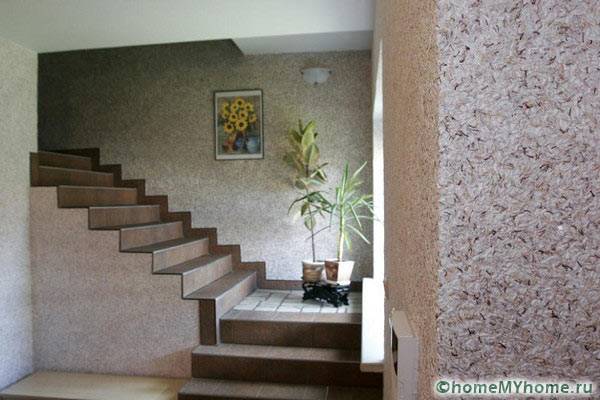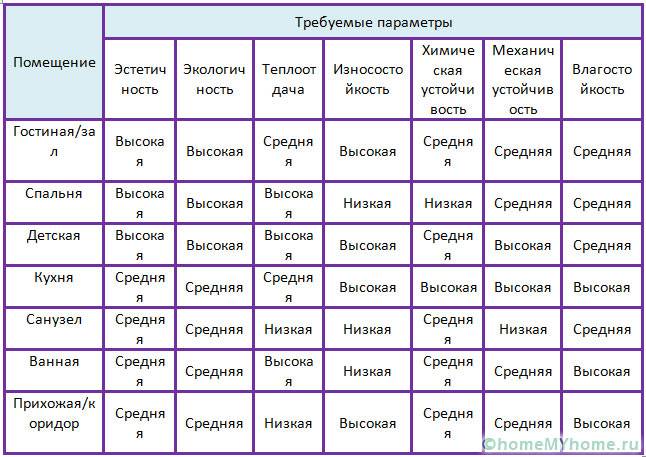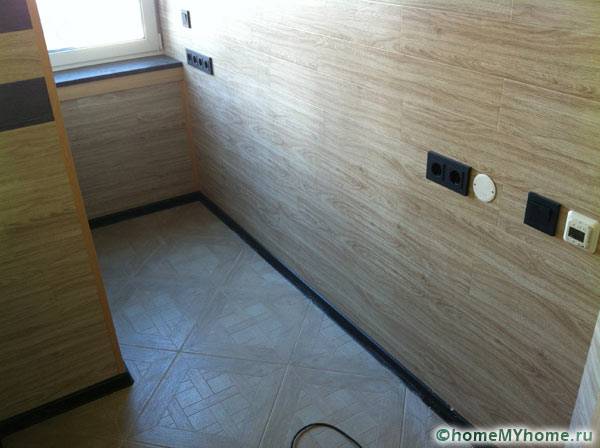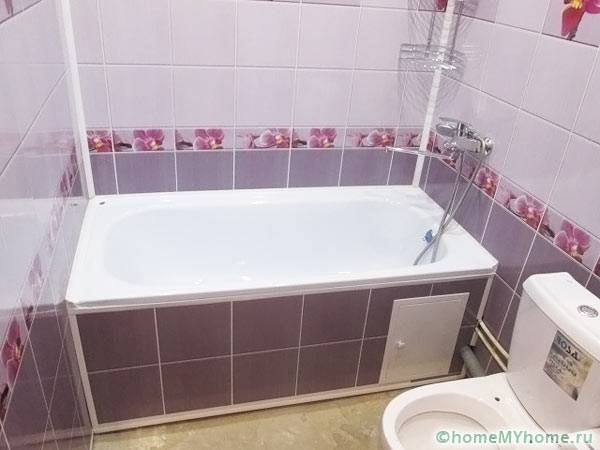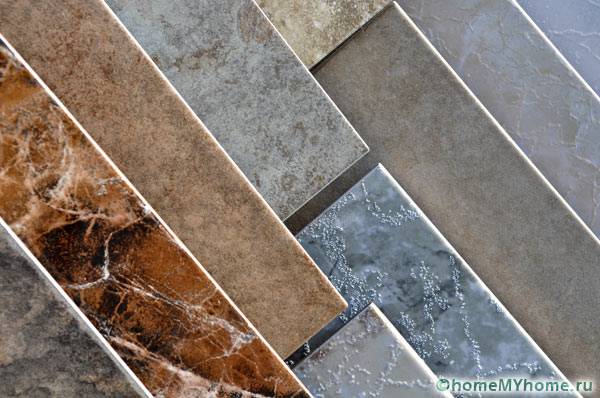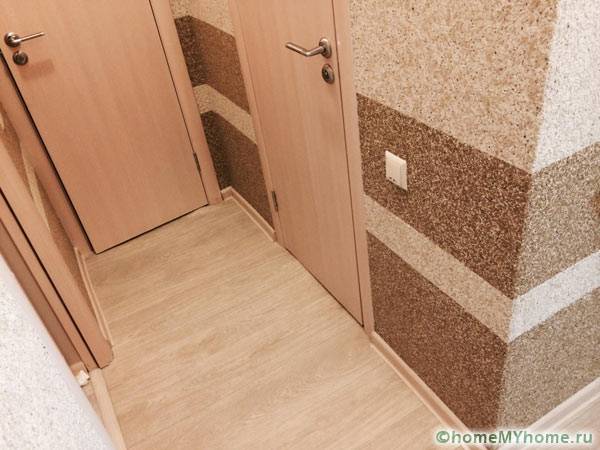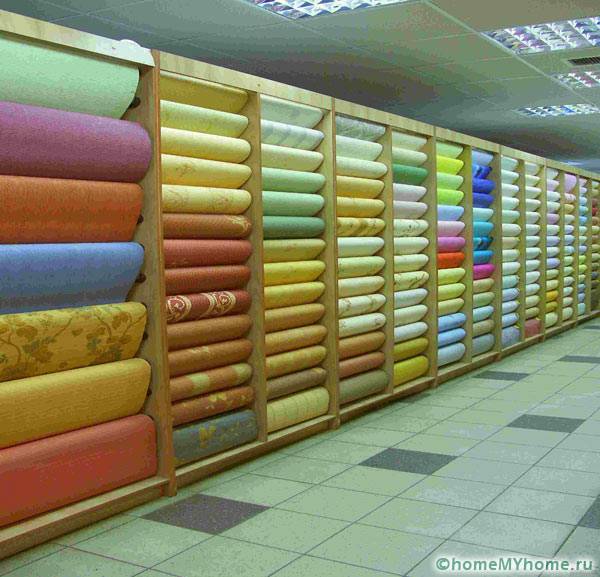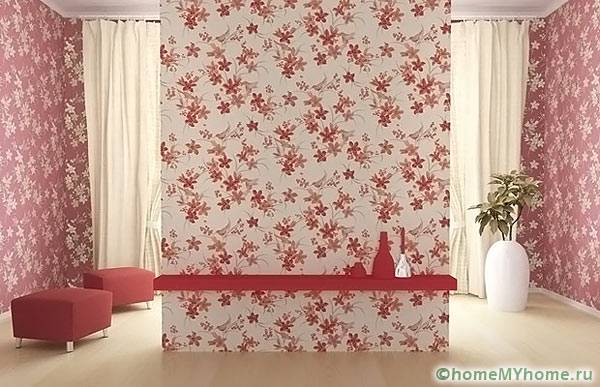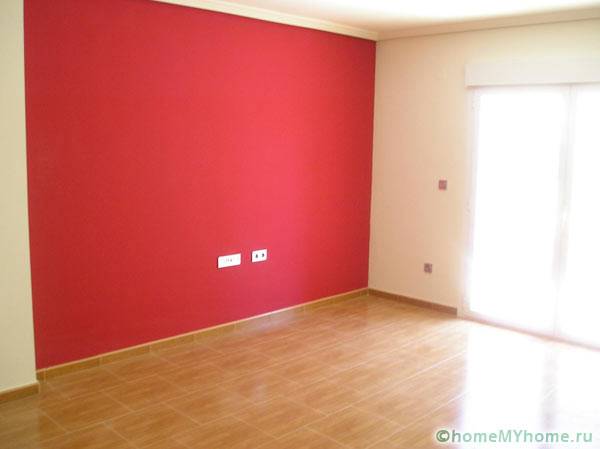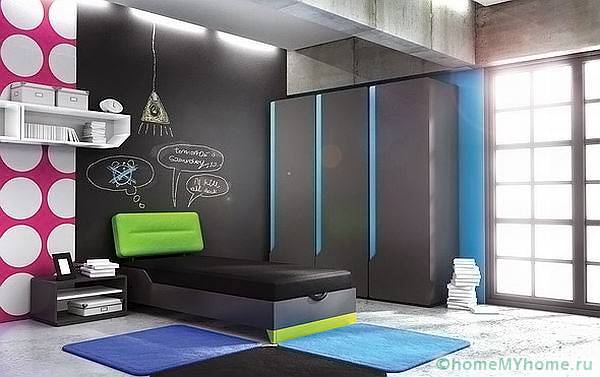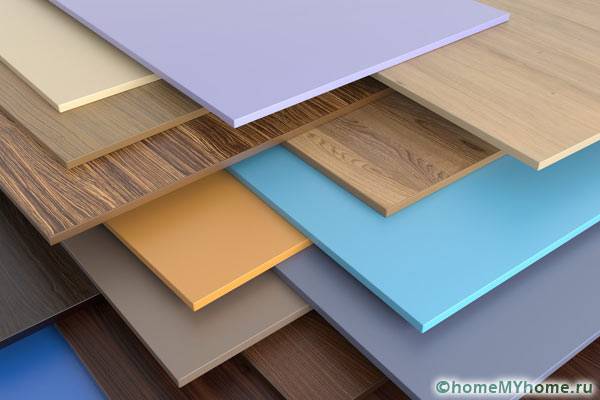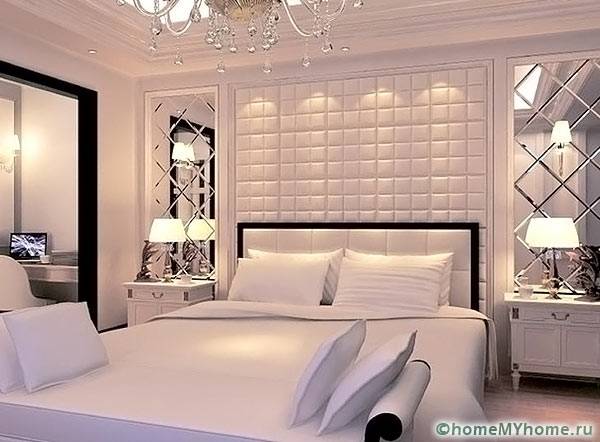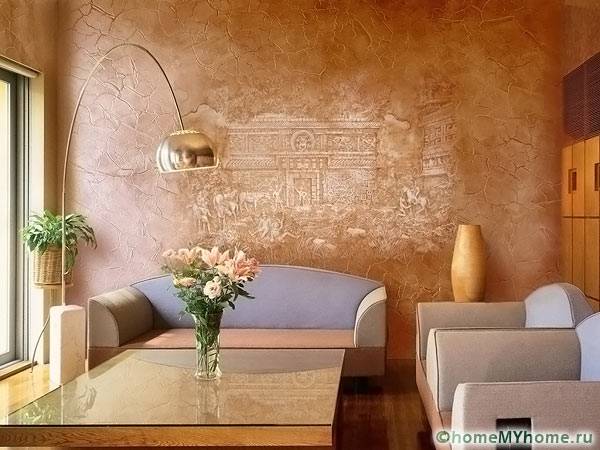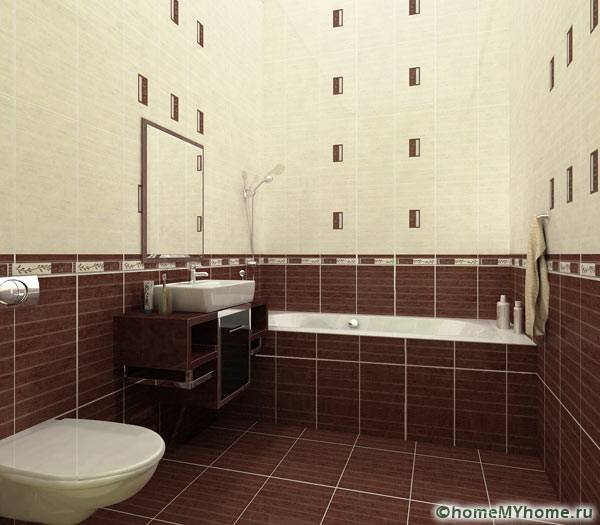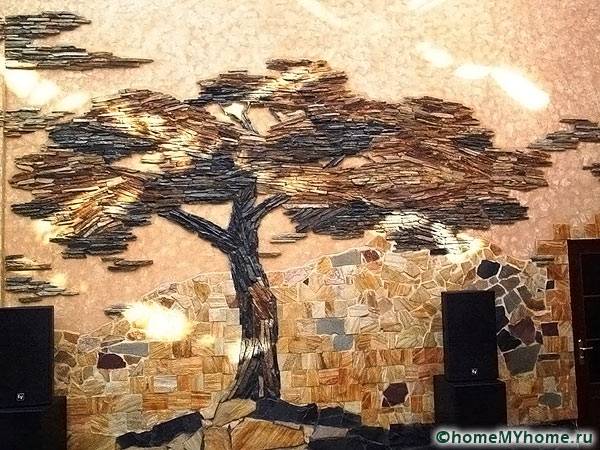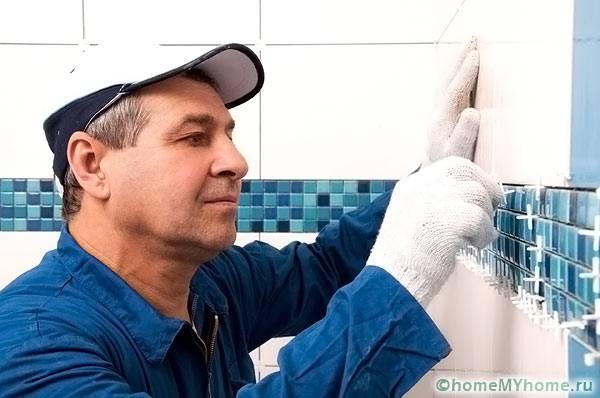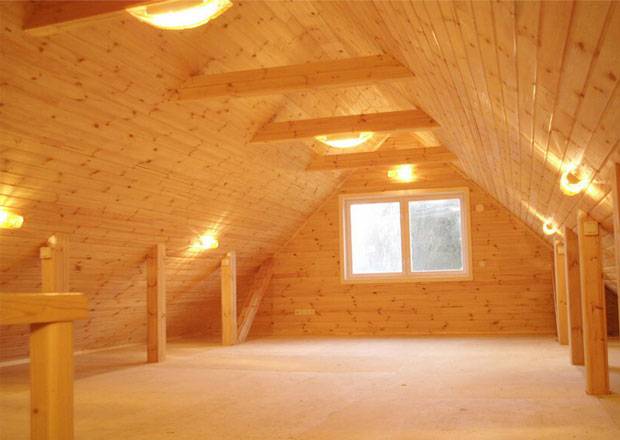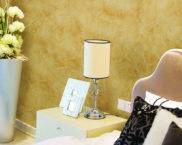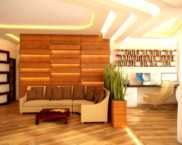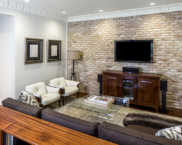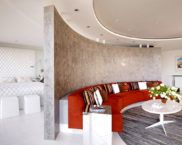Interior wall decoration materials: types and characteristics
FROMModern interior wall decoration materials are amazing. It is not surprising that it is so difficult for beginners to repair them, because by this moment it is important to choose a design and type of coating. Not all types of building materials presented in hardware stores are suitable for walls, and therefore it will be useful for many to learn to understand them.
The content of the article
Requirements and operating conditions
It is important to choose finishing materials for interior walls according to the principle of their use in a particular room. So, for the kitchen and hallway these must be different coatings due to different environmental conditions. The parameters to be guided by when choosing a coating material are as follows:
- Air humidity (bathroom, kitchen, bathroom);
- Air temperature (kitchen, children);
- Strength (hallway);
- Fire safety (all rooms);
- The chosen style of the room.
So, almost all types of wallpaper and chipboard, wood or fabrics do not like moisture, so it is better not to use them in rooms with high humidity. But they will look great in other rooms. For bathrooms and kitchens, it is better to choose PVC panels, stone or ceramic tiles. The same materials are suitable for the hallway, which is the most walkable room in the house.
Fire safety is very important when you are choosing a finishing material for the interior walls of a house. The most fire-resistant materials include stone, ceramics, and plaster.
The rest of the materials, unfortunately, are not so strong in this regard. Wear and impact resistance is important for hallways and corridors, which are better finished with stone, wood or polymer panels, good old paint is also suitable.
The style and design of materials is chosen according to your preference, the variety of which is simply amazing.
Classification of materials and their properties
Finishing materials for interior wall decoration are divided into classic and modern, but all of them are selected based on your preferences. Let's take a closer look at popular destinations.
Wallpaper is the most popular finishing material
Probably the most widely used decorative finishing material for interior walls, they are used by everyone and in any room. They are often used in living rooms and bedrooms... The choice of wallpapers is huge, from the base to the colors. Paper and non-woven substrates are popular, of the latest materials, fabric and glass wallpaper.
The pluses of wallpaper include their wide variety, ease of application - just glue and a smooth surface, as well as aesthetic appearance and low cost. The disadvantages include increased abrasion and fragility. Allocate washable and moisture resistant wallpapers suitable for kitchens as well as wallpaper and wallpaper for painting. Having primed the latter in a special way, you can get the original color and even the relief of the walls.
Related article:
DIY liquid wallpaper. What are they made of? How to apply to the wall correctly? What are the benefits they have? Answers to these and other questions are in a separate publication.
Paint - beauty in simplicity
If your walls are even, then you can simply paint them. Or, first you have to sheathe drywall, and then paint it in a suitable color. Paints are isolated on the basis of oil, polymers, water emulsion, enamel or glue.
The advantages of paints include a variety of colors and ease of application, the disadvantages are a long wait for drying and a strong smell in some species, a precaution if you are doing repairs with a finished floor and ceiling.
Panels - convenience and reliability
They are considered no less popular type of decoration than wallpaper... The variety of panels also allows you to choose a suitable shade and look. The panels should include PVC, MDF, chipboard, Fiberboard, wooden, glass, gypsum vinyl and plasterboard.
Among the ultra-modern materials include 3D panels with a volumetric pattern. In fact, even a laminate can be attached to the wall, which will also be considered a panel and look very noble. The advantages of the panels include fire safety, wear resistance, ease of application, durability and resistance to moisture. The downsides can be cost and increased consumption.
Decorative plaster - nobility and gloss
A difficult option, but it stands out perfectly in the interior. The most durable finishing method. The types of plaster include structural, textured, Venetian and mineral. Each of them has its own characteristics of application, but they all require a lot of time and expense.
Tiles - practicality and ample opportunities
According to the material of manufacture, tiles are distinguished from PVC, ceramics, glass, expanded polystyrene or quartz-vinyl. Depending on the material chosen, the tiles will have increased aesthetic and strength properties. Its pluses include a wide selection, environmental friendliness, ease of maintenance in everyday life. The disadvantages are the difficulty in applying to the wall and cost.
Related article:
Bathroom tiles. Photo, design. A separate publication provides useful information on the choice of tiles and the right bathroom decor.
Stone - comfort and originality
Natural stone is becoming more and more popular when choosing a facing material. This is not surprising, because it looks noble and is considered the most wear-resistant material. Disadvantages include high cost, styling and weight. Often the entire wall cannot be finished with stone alone due to its large mass, which can lead to sagging or collapse of the wall.
Tips and tricks for wall decoration
Having chosen the one suitable for yourself from the finishing materials for the interior walls in terms of cost, appearance and color, carefully read its application and installation. Often, you need to know a little trick for a perfectly even application of the selected finish, which does not bring hassle in further maintenance. If you doubt your own abilities, you can always turn to professionals - construction teams will help you decorate the apartment as you wish, and they will do it quickly and professionally.
Some useful tips:
- Observe the temperature and humidity conditions for each finishing material;
- Carefully choose materials for finishing - they must be smoothly and of high quality, not have streaks or violation of integrity;
- Immediately in the kit with the materials, take the suitable aids that will help you lay them evenly on the wall and achieve the perfect effect.
Conclusion
So, what should be remembered when choosing materials for decoration:
- When choosing finishing materials, be guided by the indicators of wear resistance and fire safety,
- Many types of finishes will give a great variety when choosing an interior;
- When choosing options for finishing materials, familiarize yourself with their correct application so that it looks professional and aesthetically pleasing.
Video: overview of wall finishing options



